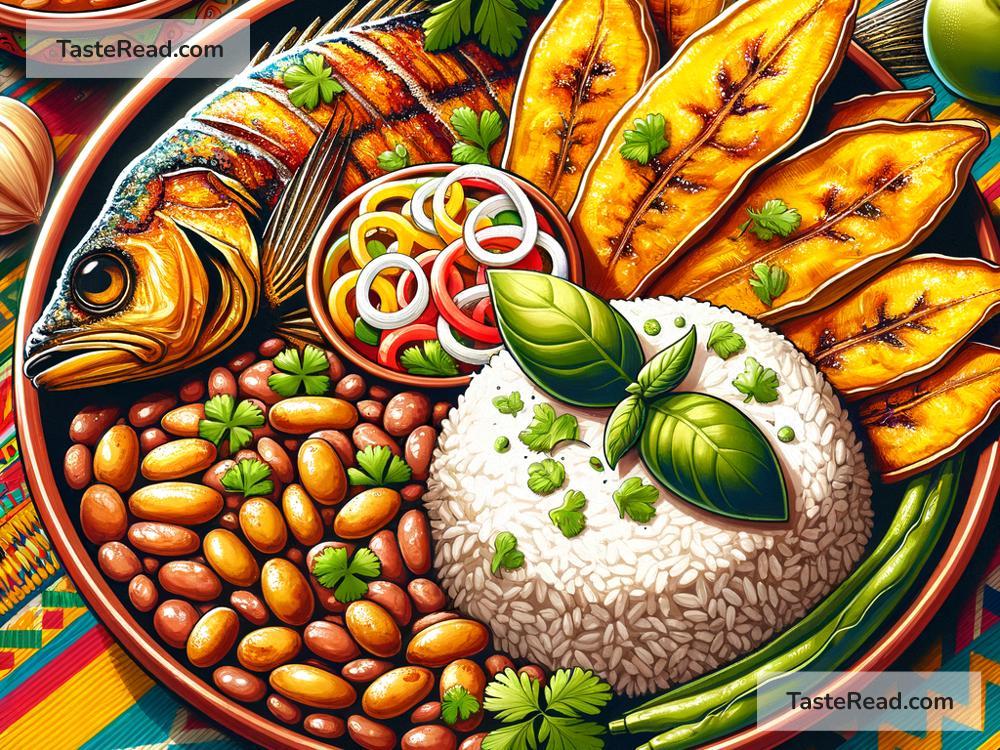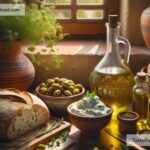The Importance of Plantains in Caribbean Culinary Traditions
The Caribbean region is famous for its vibrant culture, warm weather, beautiful beaches, and, of course, its delicious food. One special ingredient that holds a central place in Caribbean kitchens is the humble plantain. Plantains, which resemble bananas but are larger and less sweet when ripe, are a staple in this region. They are more than just a food item—they represent history, creativity, and community. In this blog, we’ll explore why plantains are so important in Caribbean culinary traditions and how they connect to the people who call the Caribbean home.
What Are Plantains?
Plantains belong to the banana family, but they are different in key ways. While bananas are sweet and often eaten raw, plantains are starchier and need cooking before they can be enjoyed. Depending on whether they are ripe (yellow or black skins) or unripe (green skins), they can taste either slightly sweet or savory. This versatility makes them ideal for a wide variety of dishes.
Plantains arrived in the Caribbean through trade routes centuries ago and quickly became a dietary staple. Originally from Southeast Asia, plantains were introduced to Africa and later brought to the Caribbean during the colonial era. Today, they are widely grown across the region and are loved by people from all walks of life.
Why Are Plantains So Important?
1. A Staple Food
Plantains have been a reliable food source for centuries in the Caribbean. Because they are affordable, easy to grow, and filling, they are perfect for feeding large families. In many countries, plantains are considered a “comfort food.” They provide carbohydrates and energy, making them ideal for local diets, especially in areas where other food sources might be scarce.
Their versatility also makes them essential in Caribbean cooking. Whether boiled, fried, roasted, or mashed, plantains can be turned into a wide variety of dishes. They can be served as breakfast, lunch, dinner, or even dessert. This adaptability is a key reason why plantains are so deeply rooted in the region’s cuisines.
2. Cultural Connection
Plantains are more than just a food item—they are a symbol of cultural and historical ties. Across the Caribbean islands, you’ll find similarities in how plantains are used, reflecting the shared histories between nations. For example, fried plantains are popular in Jamaica, Haiti, the Dominican Republic, Puerto Rico, Trinidad and Tobago, and Cuba. Even though each country has its own name and slight twist to the dish, the love for fried plantains unites the region.
The dishes made with plantains also tell stories about resilience and resourcefulness. During times of hardship, plantains were often used to stretch meals and feed entire families. Caribbean people turned this simple ingredient into flavorful dishes, showing their creativity and ingenuity in the face of challenges.
3. A Taste of Home
For Caribbean people living abroad, plantains often serve as a reminder of home. Many immigrants cook plantain dishes to maintain their connection to their cultural roots and share their traditions with others. Just the smell of plantains frying in a pan can bring back memories growing up in the Caribbean, of family meals and celebrations.
Popular Plantain Dishes in the Caribbean
The culinary creativity in the Caribbean is truly remarkable when it comes to plantains! Here are a few of the most popular ways plantains are prepared across the region:
1. Fried Plantains
One of the simplest and most beloved ways to enjoy plantains is frying them. Ripe plantains (yellow with black spots) are sliced and fried until they are golden and caramelized. The result is a sweet, soft treat that pairs perfectly with savory dishes like rice and beans or stewed meats.
2. Tostones
Tostones are made from green (unripe) plantains. The plantains are sliced, fried once, flattened, and then fried again. This double-frying method creates a crispy, salty snack that is a favorite side dish in many Caribbean countries.
3. Plantain Chips
Thinly sliced plantains are fried until crisp to make plantain chips, which are a popular snack across the region. These chips can be seasoned with salt, spices, or even a hint of sugar for different flavors.
4. Mangu
Mangu is a traditional Dominican dish made by boiling green plantains and mashing them with butter or oil. This hearty dish is often served for breakfast with fried cheese, salami, and eggs.
5. Sweet Plantain Desserts
Plantains don’t just have to be savory—many Caribbean desserts feature plantains as a star ingredient. Ripe plantains can be baked with cinnamon and sugar or incorporated into puddings and cakes.
Conclusion
Plantains are much more than just a food ingredient in Caribbean cooking—they are a symbol of history, culture, and community. The versatility of plantains has allowed them to become a central part of the region’s culinary traditions, appearing in countless dishes that reflect the creativity and resilience of Caribbean people. Whether fried, boiled, or mashed, plantains are a true treasure of Caribbean cuisine.
Today, plantains continue to bring people together, whether it’s at family dinners, festive celebrations, or casual gatherings. If you ever have the chance to visit the Caribbean—or cook Caribbean dishes at home—don’t forget to try plantains. They are not only delicious but also carry the heart and soul of an entire region.


